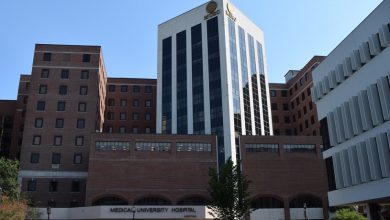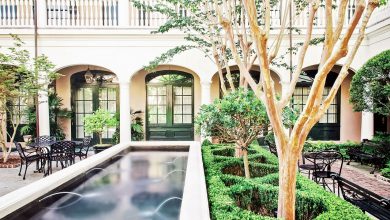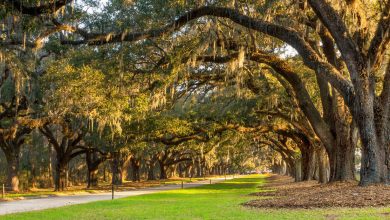The best Charleston museum is the city itself. You can see where signers of the Declaration of Independence lived, the site where politicians decided South Carolina should withdraw from the United States and where Dubose Heyward lived. You can do all of this while soaking up the ambience of the city that would be captured in the classic American opera “Porgy and Bess.”
The city also boasts “America’s First Museum” as well as a Museum Mile that includes former homes of political leaders over the city’s nearly 350-year history, art and artifacts, a place for children to learn history and about the world around them, and one museum dedicated to telling the story of one of Charleston’s darkest times as a center of the slave trade.
If you have a few hours to kill in the Holy City, check out Explore Charleston or Historic Walking Tour for walking tours you can print out or follow along on your phone.
To visit the “real” museums of Charleston, go to the Museum Mile, which has six museums, five nationally important historic houses, four scenic parks and a Revolutionary War powder magazine, as well as numerous historic houses of worship and public buildings, including the Market and City Hall.
The starting point is the Charleston Museum founded in 1773. Known as “America’s First Museum,” this museum chronicles Charleston’s history from tribal pottery of native Indians through the Colonial era, the American Revolution and Civil War. Two historic houses, Heyward-Washington House and the Joseph Manigault House are part of the museum’s offerings.
Next is the Gibbes Museum of Art, which opened to the public in 1905 and has a collection of paintings, sculptures and other art from several eras. A portrait room shows the people who built Charleston over the generations; contemporary and local artists are also featured.
The Old Slave Mart tells the story of a slave auction mart from the early 18th century. The complex once included an enclosed yard, a jail, a kitchen and a morgue. The property was saved nearly 100 years after the last slave auction there by sisters Judith Wragg Chase and Louise Wragg Graves, who took over the Old Slave Mart in 1964. It was put on the National Register of Historic Places, and the museum that exists today was opened.
For more recent history, check out Patriots Point in Mount Pleasant, which includes the carrier Yorktown and a newer exhibit on the Vietnam War. And the Children’s Museum of the Lowcountry next to the Visitors Center caters to children 10 and younger with hands-on exhibits, including a pirate ship and fire truck. Nearby is the Best Friend of Charleston Museum, which is a free museum celebrating the South Carolina Canal and Rail Road Co.’s original engine that brought train travel – and commerce – to Charleston.
Charleston also has several unique museums, such as the Karpeles Manuscript Museum, which is home to the largest private collection of historic manuscripts, including documents that detail the run-up to the War of 1812 on display through the end of 2015. The building itself, a Greek Revival dating back to the 19th century, is also an historic treasure that originally served as a Methodist church. The museum is one of about a dozen around the country supported by philanthropist David Karpeles and dedicated to telling the history of the U.S. through documents.
The North Charleston and American LaFrance Fire Museum and Education Center has the largest collection of restored American LaFrance firefighting equipment in the country. There are more than 20 vehicles dating back to the 1780s. In addition to history, the museum lets visitors learn a little bit about the work of firefighting (yes, there is a fire pole), as well as fire prevention and safety.
Speaking of fire hazards, don’t miss the Powder Magazine, the state’s oldest public building dating back to the early 1700s and one-time home to the walled city of Charleston’s original arsenal; the Postal Museum inside the Post Office building at Meeting and Broad streets; and the Old Exchange and Provost Dungeon, which was completed just before the Revolutionary War and was used, among other roles, as a Patriot prison during the British occupation of the city and a dungeon for pirates.
Finally, the visitors can stop by the Warren Lasch Conservation Center and view work being done to preserve the Confederate submarine H.L. Hunley. The vessel was the first sub to sink an enemy ship in combat. It was recovered from the Atlantic Ocean off Sullivans Island in 2000.





Leave a Reply
You must be logged in to post a comment.